Why Regenerative Farming Is Commonly Referred to as Carbon Farming
There is nothing new about regenerative farming. It is the method used by stewards of the land from time immemorial. Conventional farming practices result in releasing more carbon dioxide into the atmosphere, contributing to the greenhouse gas emissions causing climate change. Regenerative farming is commonly referred to as carbon farming because it helps plants store rather than release carbon.
Regenerative agriculture plays a major role in carbon sequestration. While conventional agriculture is a leading contributor to climate change, with as much as one-third of greenhouse gas emissions related to it, no other sector has the ability to pivot from carbon producer to carbon sequestrator. Reaching that goal means giving up long-held modern farming practices, including the use of synthetic fertilizers made from fossil fuels and applying herbicides and pesticides to the land.
At Thousand Hills Lifetime Grazed, we are committed to providing our customers with 100% Grass Fed Beef raised using regenerative agriculture. By facing this immense environmental challenge of climate change head-on, carbon farming may save our planet.
Carbon Farming
Before the 20th century, humans were not dependent on fossil fuels. The internal combustion engine changed that. Fossil fuels are the leading force behind climate change. The burning of fossil carbon releases enormous amounts of carbon dioxide into the atmosphere. More carbon is now released than plants and oceans can absorb. These greenhouse gas emissions trap heat rather than letting it escape into space, leaving it close to Earth’s surface. Global warming is the result.
As noted, there are other players in the climate change scenario. Conventional farming takes a terrible toll on the soil. Depletion, erosion, and even desertification may occur. Large cattle feedlots and monocultures –growing one crop on huge swaths of land – leave a tremendous carbon footprint.
In contrast, regenerative agricultural methods allow the soil to flourish. The result is thriving plants, less erosion, cleaner water, and a healthy ecosystem. Habitat is restored for native plants and animals. Biodiversity increases.
As plants photosynthesize, they take carbon dioxide out of the atmosphere and sequester, or store, it. As plants die, one of two things happens to this stored carbon. It either heads back into the atmosphere or remains sequestered in the soil. Basically, conventional farming produces the first result, while carbon farming produces the second.
Carbon farming methods include:
- Composting – increases the carbon amounts stored in grasslands and croplands.
- Non-tillage – permits soil structure to remain intact. Plant residue stays behind. Beneficial microorganisms can establish a healthy soil biome.
- Integrated pest management – replaces indiscriminate pesticide and herbicide use.
- Rotational livestock grazing – enhances soil health and boosts plant regrowth. Manure for fertilization is better distributed.
- Planting cover crops – reduces soil erosion and improves soil health.
- Organic mulch use – releases nutrients into the soil. Also helps soil retain moisture levels.
- Restoration of riparian areas – reduces pollution, produces cleaner water, and protects groundwater.
Other Carbon Farming Benefits
Cattle raised using regenerative agricultural methods are rotated regularly so that grazing is uniform. Land is allowed to rest and regenerate. With less pressure on the land, soil compaction is reduced, allowing for more consistent ground cover and more organic matter in the soil. This increases plant root health, and deeper, stronger roots help store carbon. Forage improves and erosion decreases. The soil’s water capacity holding ability improves.
Overall, more food is produced by carbon farming with fewer environmental costs. By boosting the amount of carbon stored in the soils, it is possible to absorb most of the excess carbon emitted into the atmosphere. That’s the bottom line – more carbon sequestered than sent into the atmosphere.
Contact Us
When you order 100% grass fed meats from Thousand Hills Lifetime Grazed, your money does more than provide you with healthy, tasty food. It supports farmers practicing regenerative agriculture. The more farmers and ranchers practicing carbon farming, the more likely we can reverse the effects of climate change and save precious natural resources. Patronizing such farmers increases the demand for regenerative beef.
100% Grass Fed Beef. No antibiotics, growth hormones, or grain, ever. Cattle raised the way they evolved, consuming only grass and forage for their entire lives.


